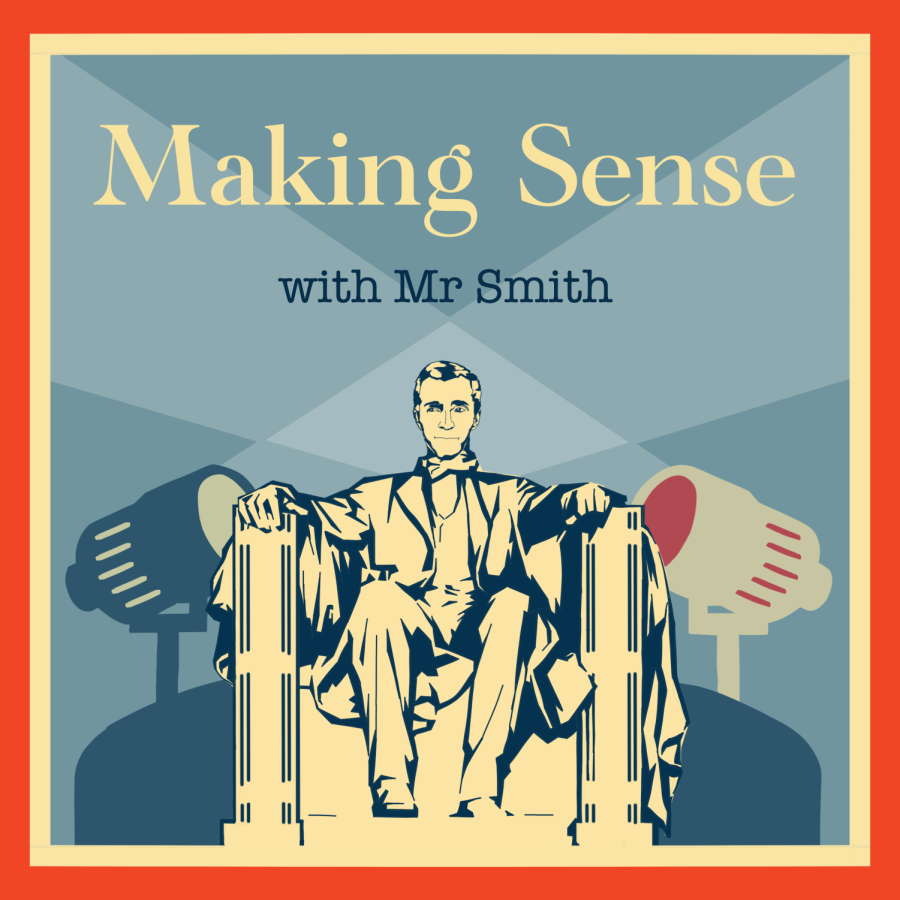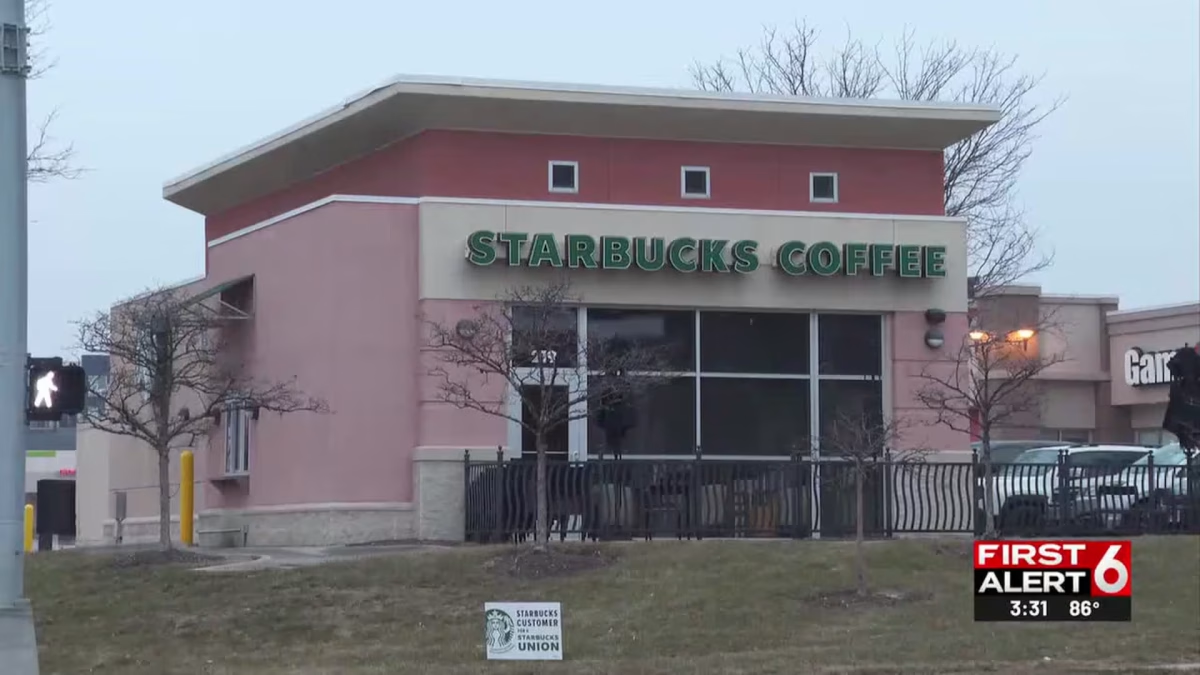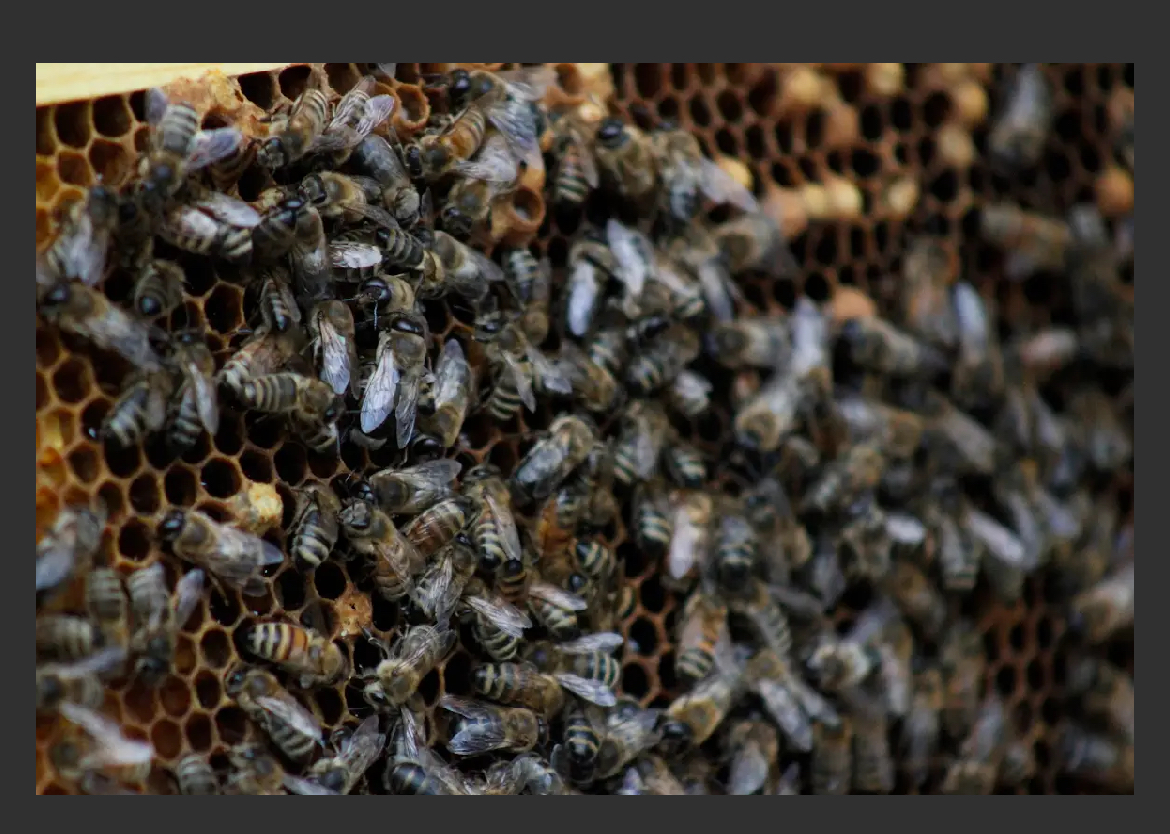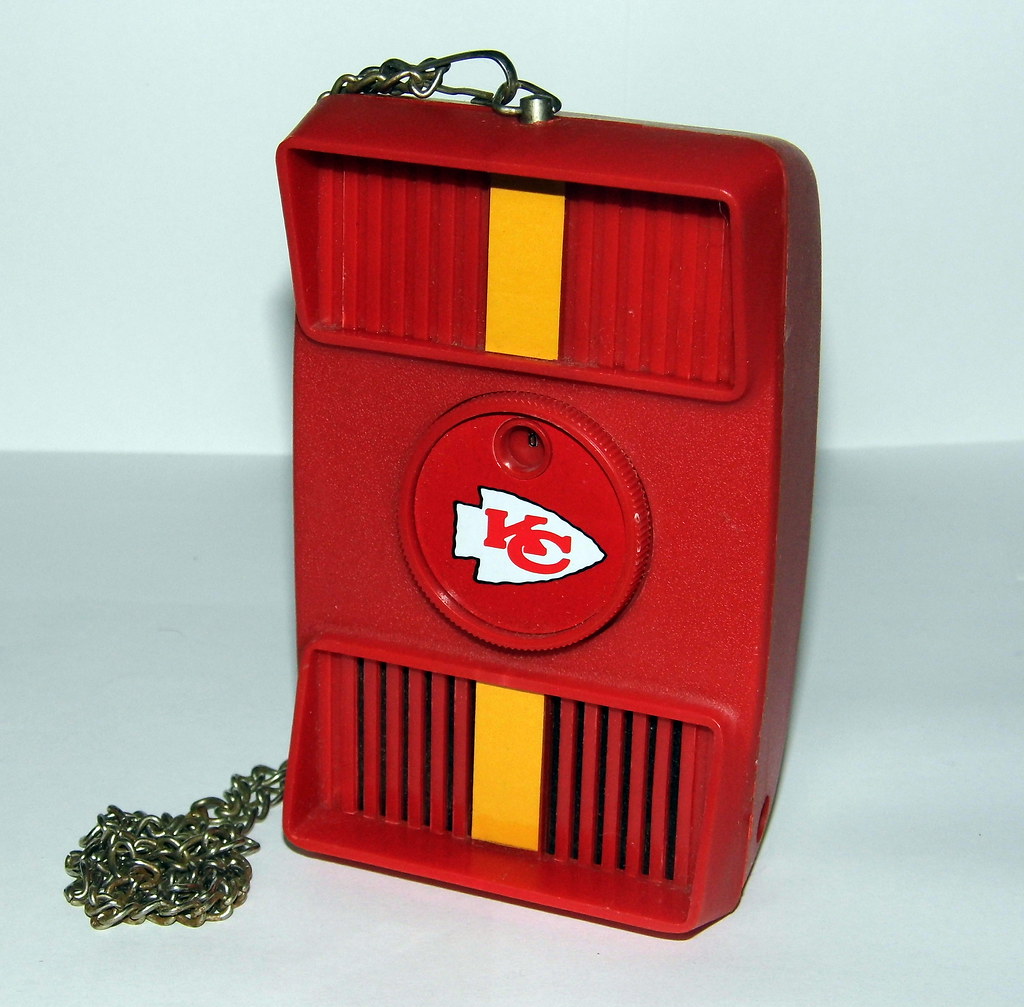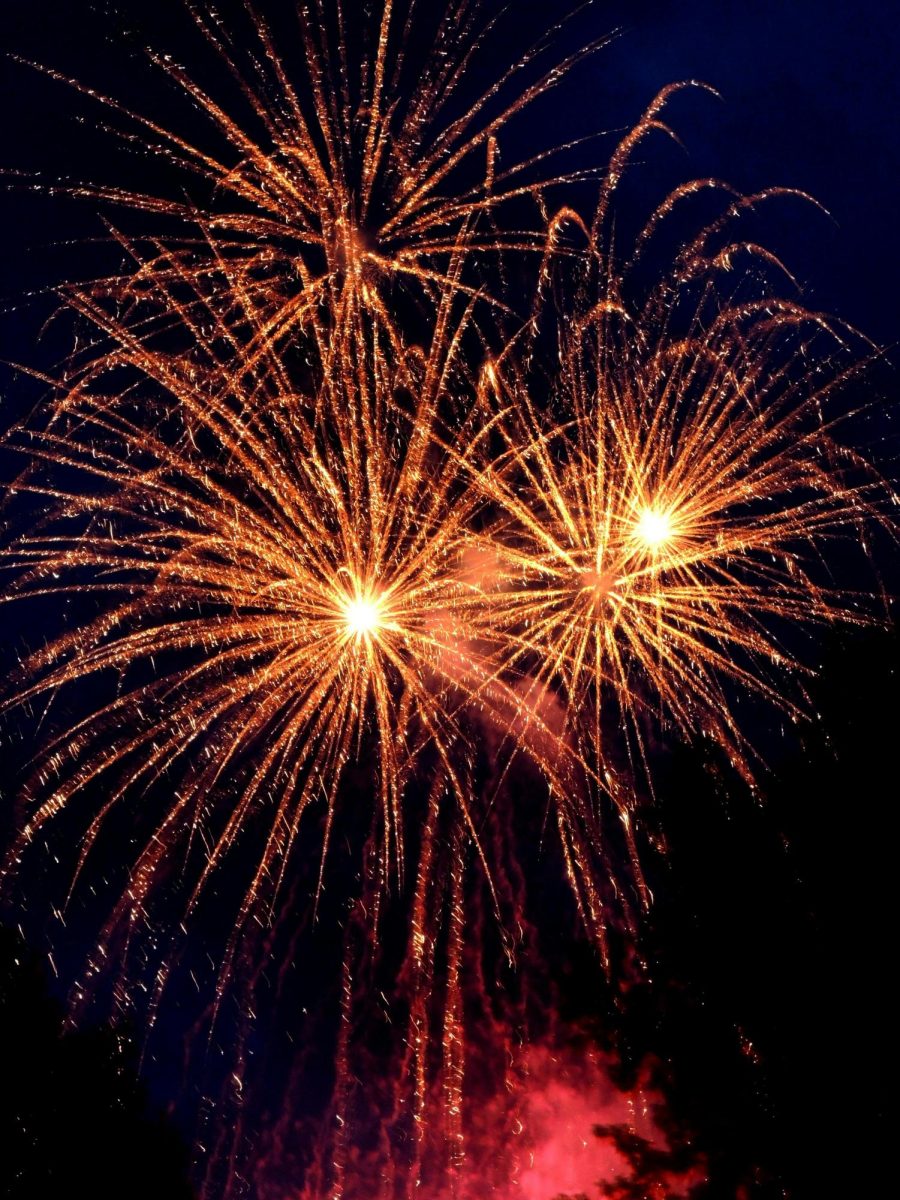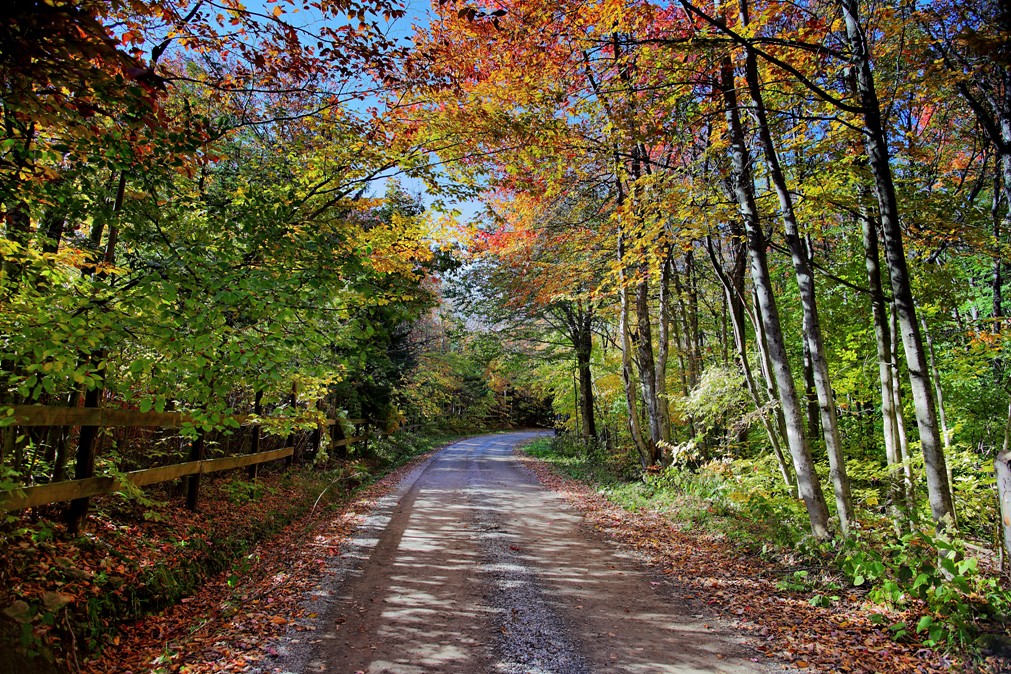While winter break is over and students are back at school learning in the chilly weather, not all fun and celebrations are lost with the warm seasons. News Years is an example of one of these celebrations that can light up the night sky with its colorful display of fireworks welcoming the new year. Interestingly, these fireworks are more than just colorful light shows set off in the night sky, but pose many advantages, disadvantages, along with a fascinating history of how they became so popular.
The first fireworks were made in ancient China when bamboo was tossed into a fire causing a crackling noise. After this discovery and the invention of gunpowder in 800 AD, the gunpowder was packed into paper or bamboo tubes, creating history’s first ever man made fireworks. During that time fireworks were most commonly used to scare off evil spirits as well as celebrate weddings and births. Then around 1295 Marco Polo brought fireworks to Europe. While typical firework shows consisted of orange paper fireworks, it wasn’t until the 1830s when fireworks started to have color thanks to Italian pyrotechnics when they combined fireworks with chlorinated powder and metallic salts.
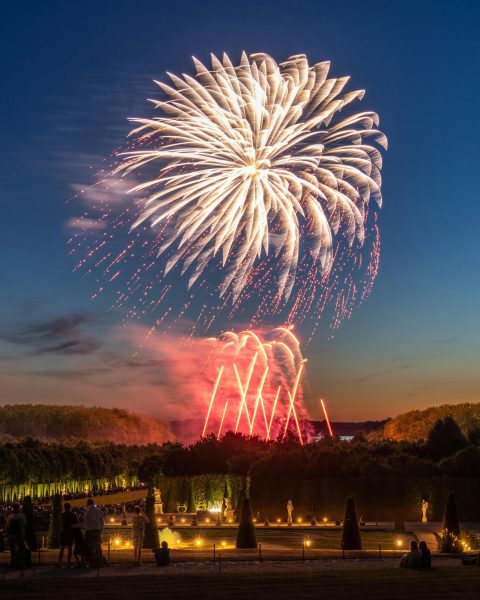
As these colorful fireworks spread across the world, they became popular in many countries and are still prevalent today with holidays like The Fourth of July, Diwali, and New Years. With the growing interest in fireworks, these festivities pose many favorable advantages. For instance, in 2023 the American Pyrotechnics association reported that fireworks brought in around 2.2 billion dollars in consumer fireworks revenue that year. Since so many people buy fireworks and attend shows, this industry can provide jobs as well as bring in tourism and revenue to communities with firework displays. In addition to the economic advantages, these fireworks are also used to bring people together and represent important moments in history along with their cultural significance. One example of fireworks being used to celebrate culturally and historically significant moments is Bastille Day in France, which honors the storming of the Bastille in the French revolution. On July 14 fireworks are lit off around France to celebrate the unity of the French people in the revolution.
Although fireworks celebrate monumental events and benefit the economy, there are still disadvantages to this festivity. One of the most commonly known damages caused by fireworks is their effect on the environment. After a Fourth of July firework show in downtown Minneapolis researchers found that the atmospheric concentration of carbon dioxide increased by 17% and carbon monoxide by 32%. As a result, the pollutants released by fireworks can cause changes in air temperature, humidity, air visibility, and the loud noises from fireworks can disrupt animals causing them to flee from their sleeping sites leaving behind their young. Along with firework’s disruption on the environment, they also lead to injuries among people. The Consumer Product Safety Commission reported that there were around 9,700 injuries involving fireworks and eight deaths in 2023. Though out of the eight deaths five of them were associated with firework misuse.
From Ancient China to present day France fireworks have served as an element in many celebrations. So as everyone gets back in the hang of school, fireworks or at least the thought of lighting them off on The Fourth of July can help some power through the seemingly dim winter months.


